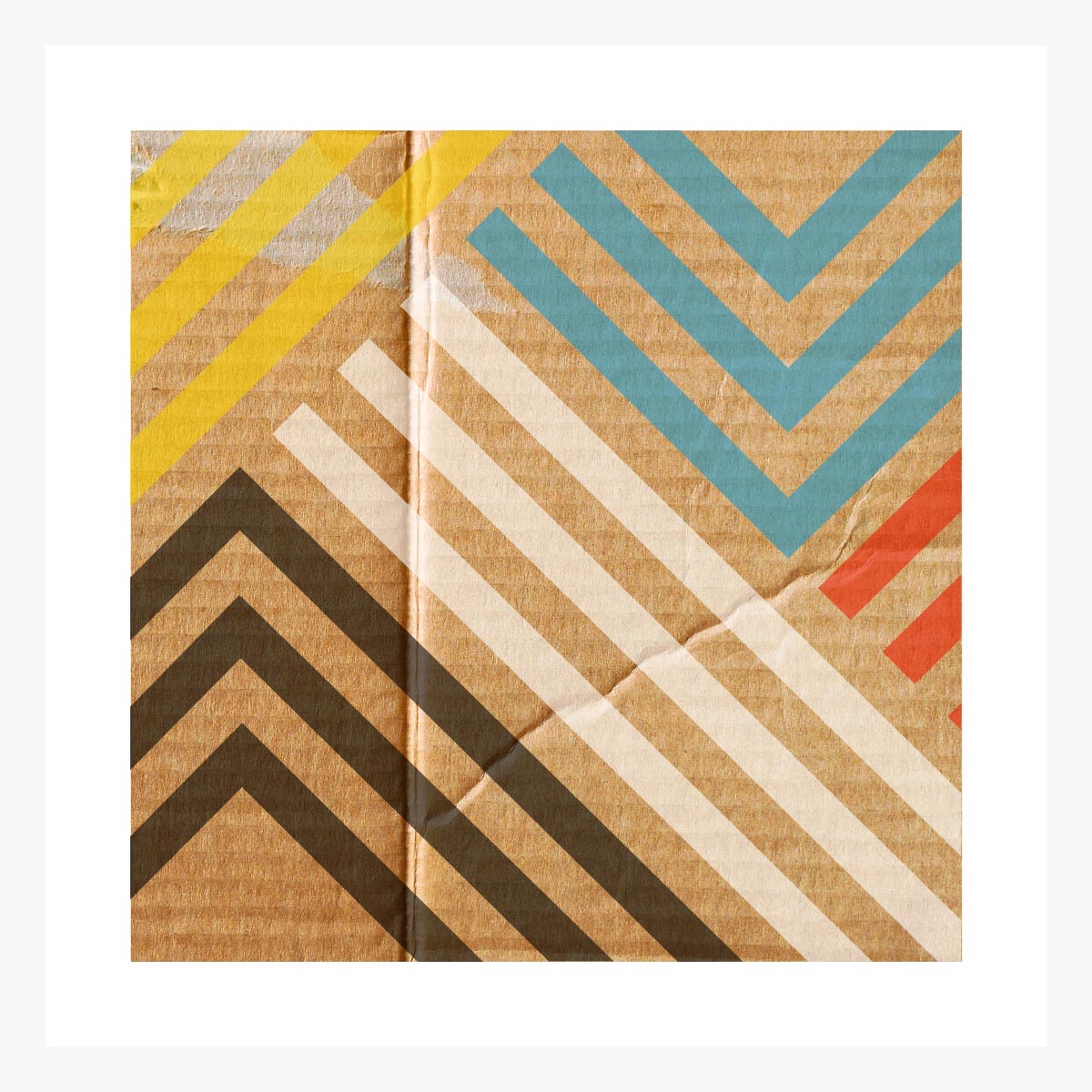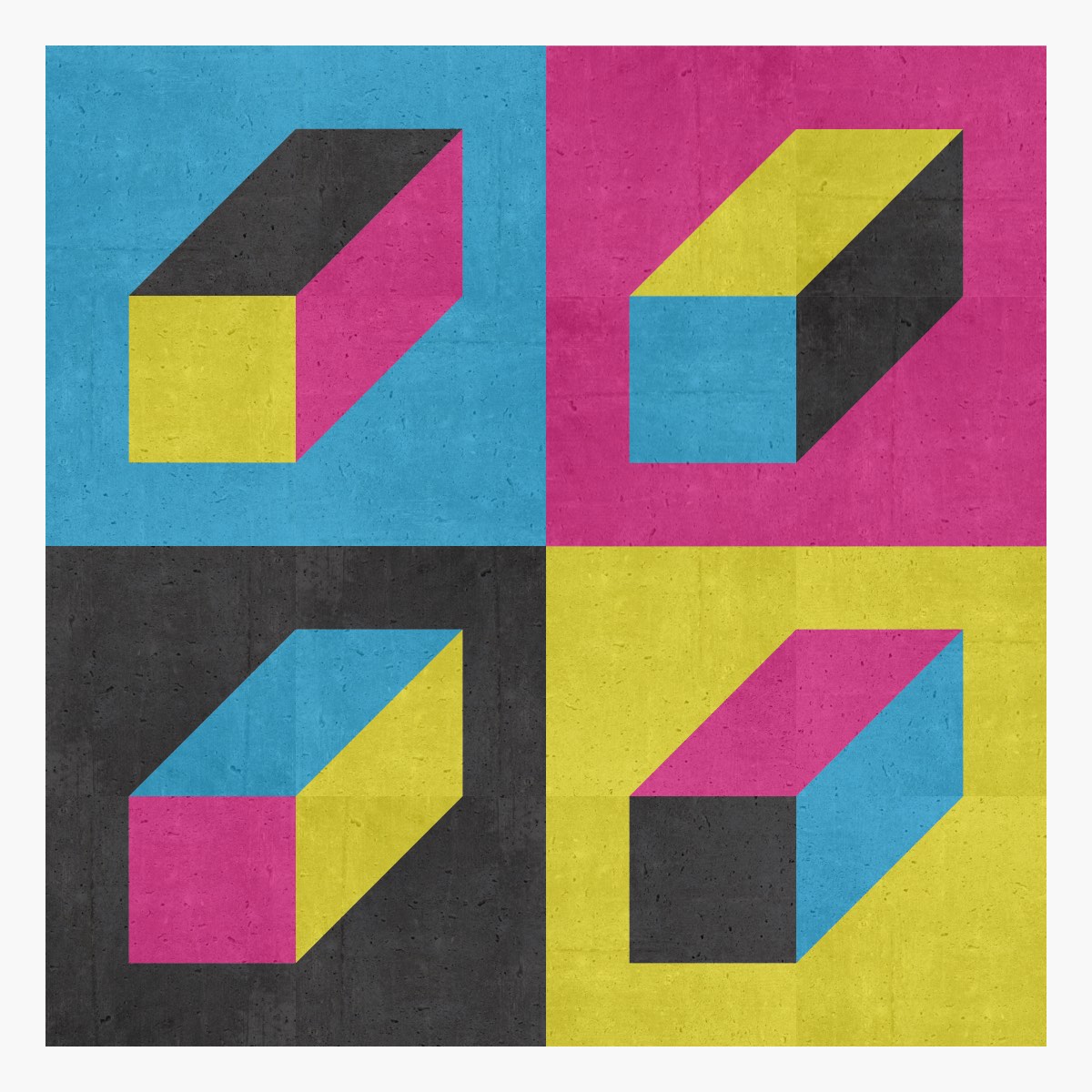Bauhaus: An iconic style still influencing street art today
Adding a touch of elegance to an otherwise gritty urban landscape, the creative spirit of Bauhaus continues to live on.
Street art is often about pushing boundaries and breaking the rules. So, with its strong geometric shapes and bold blocks of color, Bauhaus is a perfect style to capture and communicate the edginess of modern urban life.
In this blog post, we'll explore the Bauhaus School's revolutionary approach to design and how its instantly recognizable characteristics continue to influence modern geometric street art today.
The Bauhaus mindset
Probably the world's most famous and influential design school, the Bauhaus School of Design, founded in Germany in 1919, forever changed the way we think about art and design.
The school's founder, Walter Gropius, believed the only way to create good art is to bring all aspects of art, crafts, and design disciplines together. This is why students were taught painting, sculpture, graphic design, architecture, and industrial design. Because his mission was to create functional objects and to make aesthetically pleasing art available for all people.
This Gesamtkunstwerk – a total work of art – approach to designing sought to create a new visual language that would be more relevant to the modern world.
Bauhaus's undeniable influence
The legacy of the Bauhaus School's revolutionary approach to design and its instantly recognizable characteristics continue to be adopted and reinterpreted by modern geometric street artists today.
The Bauhaus art style
From its unique mix of strong geometric forms and bold blocks of color, Bauhaus art takes a minimalist approach to design. Here are the main characteristics of Bauhaus art:
Geometry:
Bauhaus uses very clean, geometric shapes to create depth and contrast.
The most common shapes used by Bauhaus artists are circles, squares, and triangles to create abstract patterns and order.
Street artists have often taken this idea and put their own twist on it, turning simple shapes into complex patterns. For example, look at the above feature image of this post and see how the simple shapes are arranged to create a unique urban design.
Color:
Bauhaus artists use primary colors – red, yellow, and blue – often contrasting them with white, grey, and black. This creates an eye-catching effect that emphasizes the geometric shapes used in their designs.
In visual perception, a color is almost never seen as it really is - as it physically is. This fact makes color the most relative medium in art – Josef Albers
Many street artists continue to use these colors in their work because they grab attention and convey urban life's energy and vibrancy.
Minimalism:
Instead of creating complex and intricate designs, Bauhaus artists focused on the essential elements to create balanced compositions.
By adopting this minimalist aesthetic, geometric street artists create powerful pieces with fewer elements to create a sense of unity and harmony with a timeless modern quality.
Materials:
Bauhaus artists pushed the boundaries in terms of materials used to create art and the surfaces where art could be displayed. They explored various materials, from paper and cardboard to concrete, wood, metal, and glass.
Urban artists honor this creative versatility today by embracing an equally inventive spirit, creating works on all surfaces, from pavements to walls, windows, and even street signs.
My Bauhaus-inspired artworks

My art pays homage to the legacy of the Bauhaus art style – that I embrace for its innovative, timeless elegance and creativity.
I'm inspired by this iconic art movement's abstract geometric shapes and patterns, vibrant colors, and minimalist aesthetic. Through its inspiring creative philosophy and style, I aspire to evolve the Bauhaus mindset and style by combining traditional and modern printing techniques on materials like concrete and cardboard. And like my Bauhaus mentors, I also strive to create art that is accessible and affordable for all – so that everyone can enjoy the Bauhaus legacy.
My adoption of the Bauhaus mindset will forever transform how I will approach creating urban-inspired geometric art.
Thank you for reading this post. I hope I've sparked your interest in geometric street art and its close connection to the Bauhaus art style. Please leave a comment below – I would love to hear your thoughts!
DO GOOD
Collect My Art
Limited Edition Gallery Quality Fine Art Prints That Will Last A Lifetime
Yes, this is a hard sell because I need your money to live, make more art, and help save the lives of children in need.
Disclaimer: Advertising is only evil when it advertises evil things – David Ogilvy




